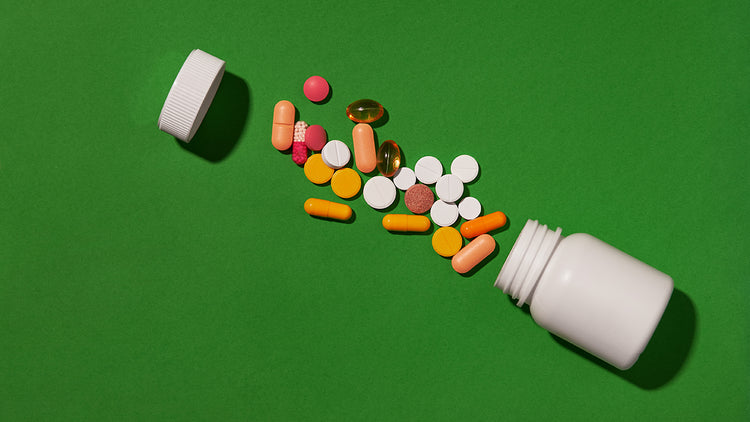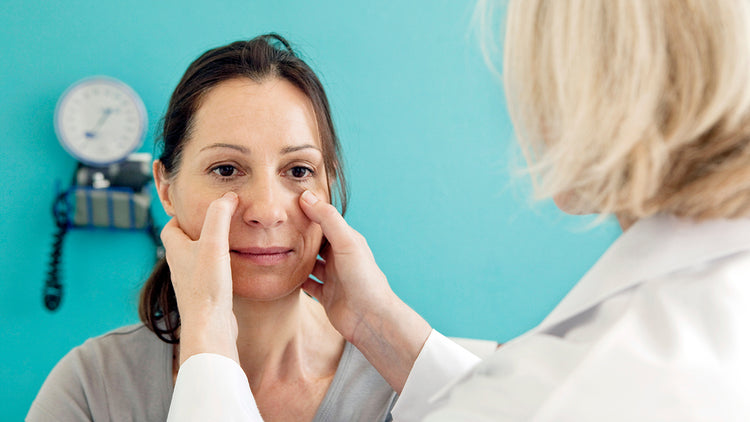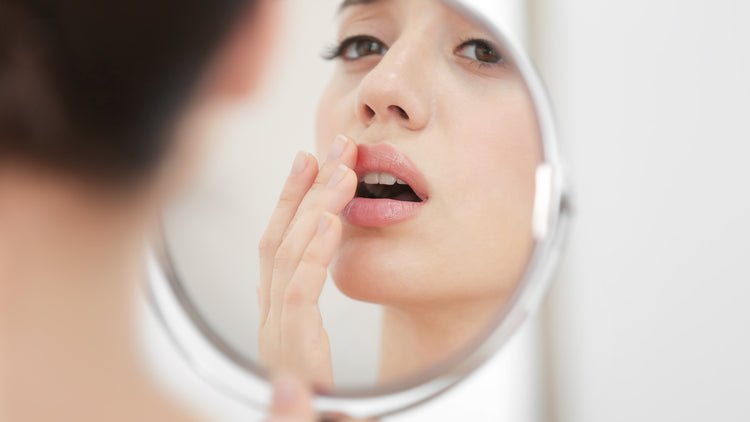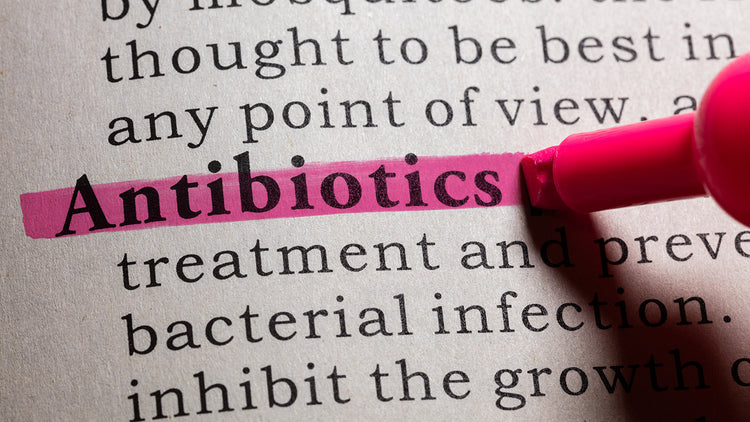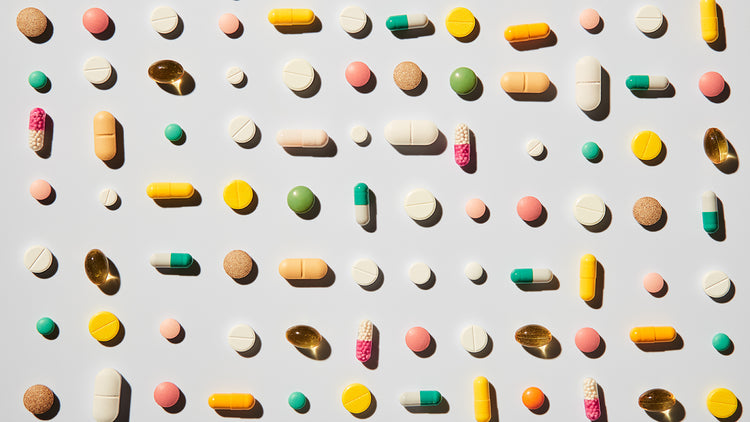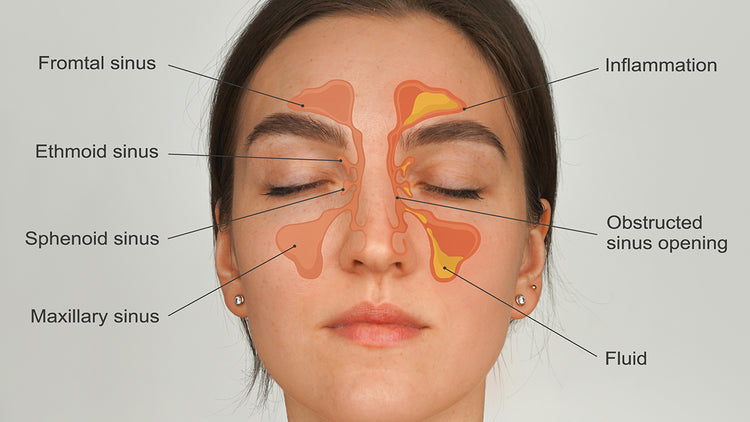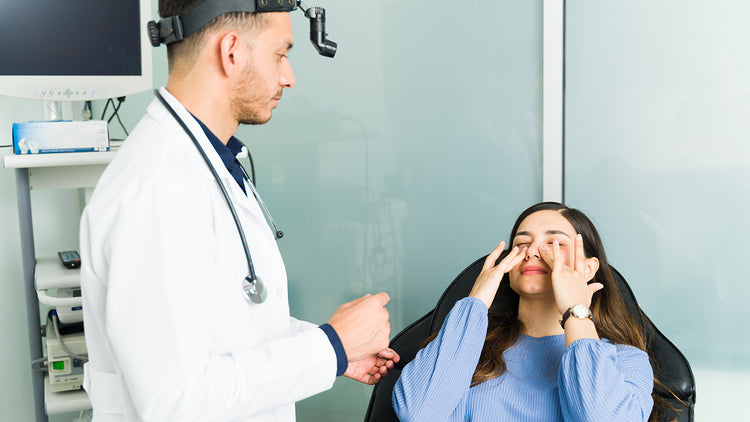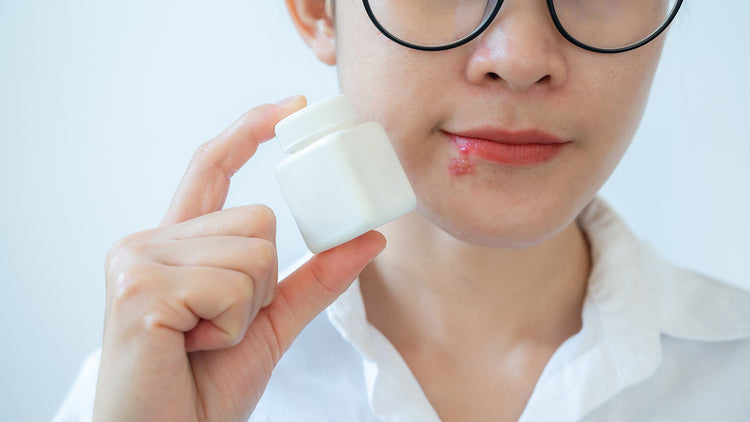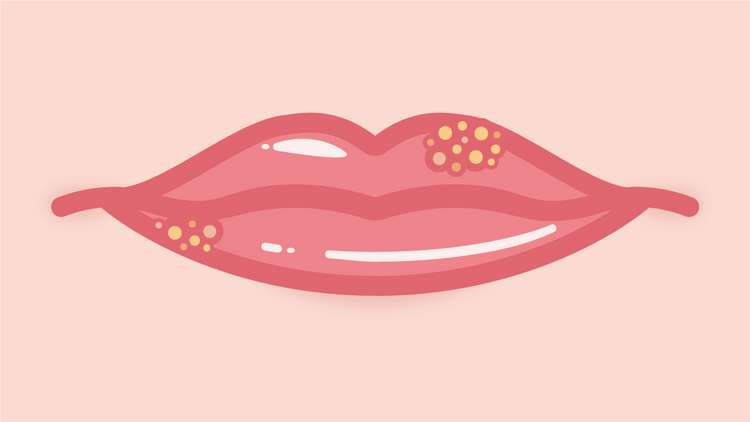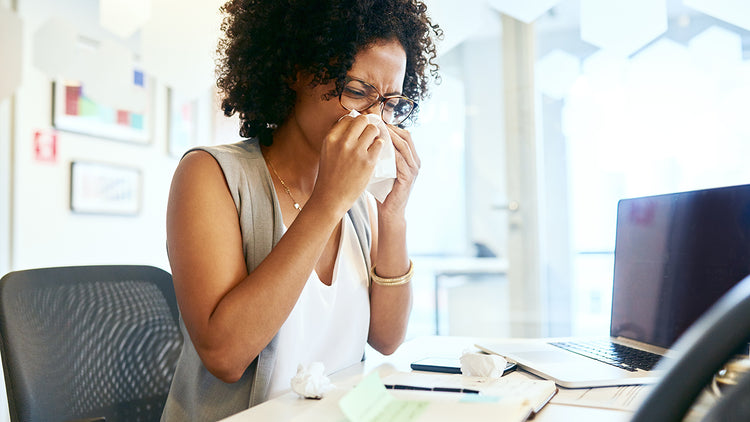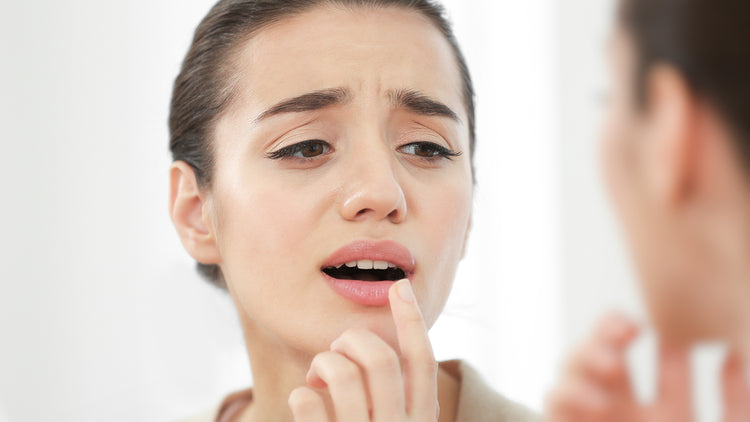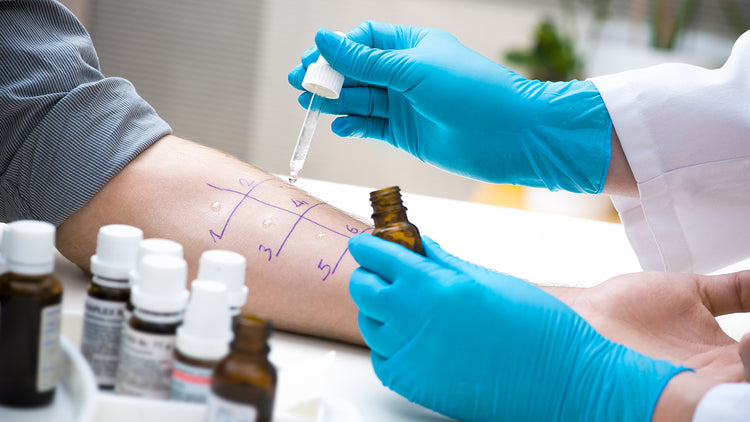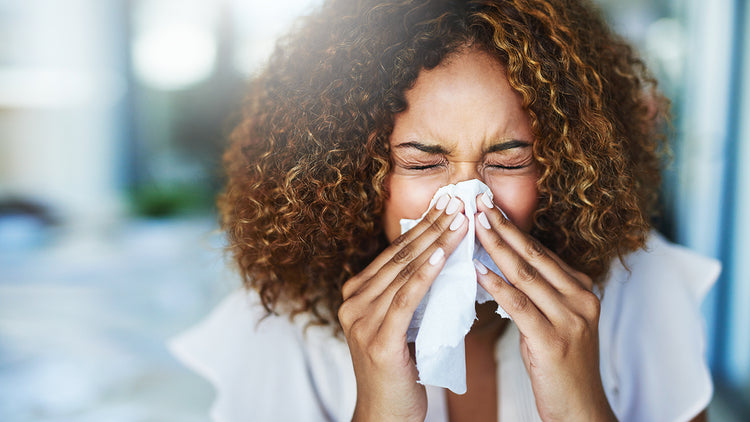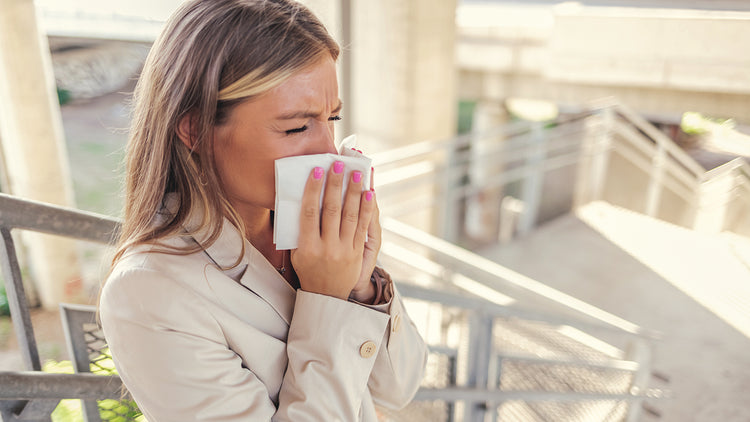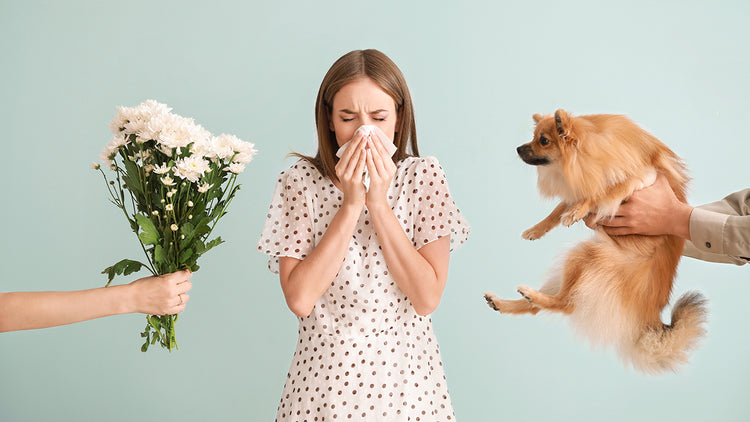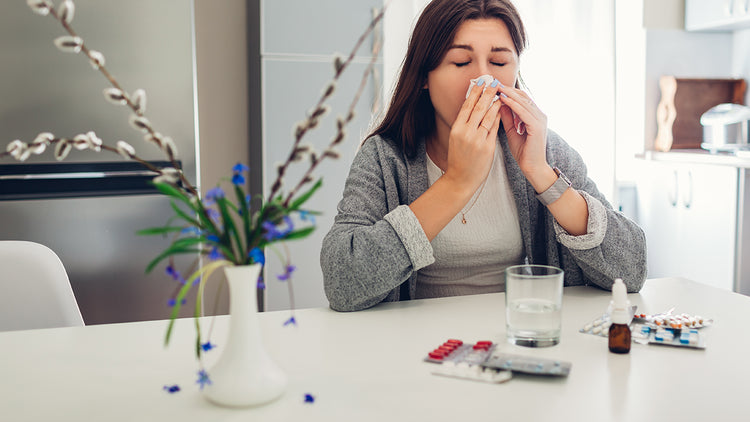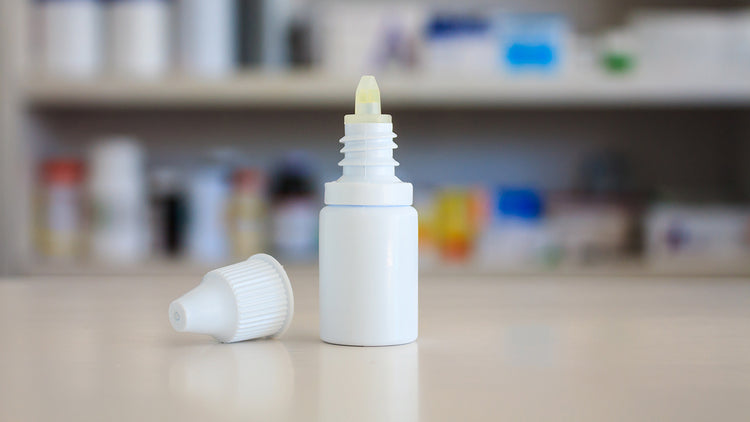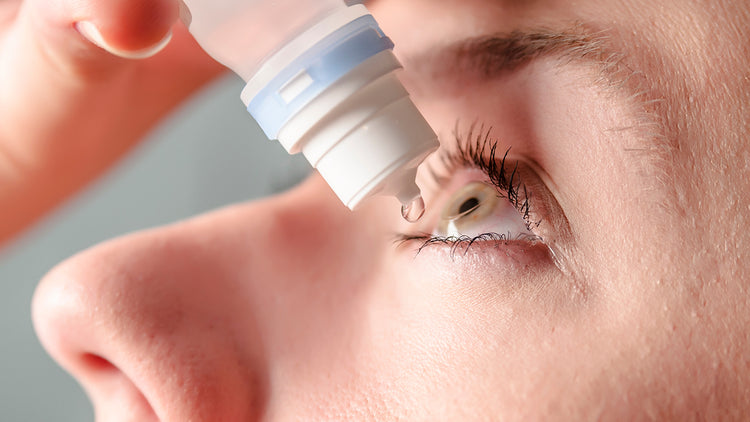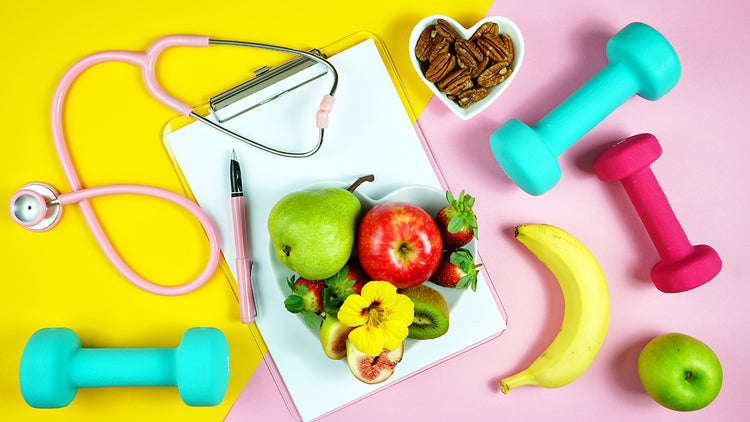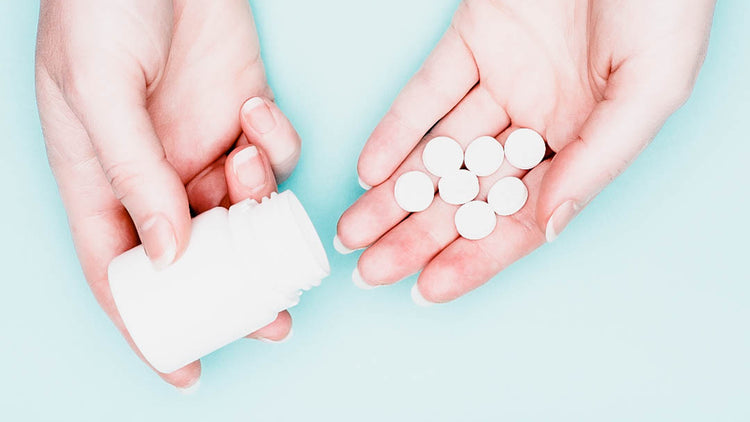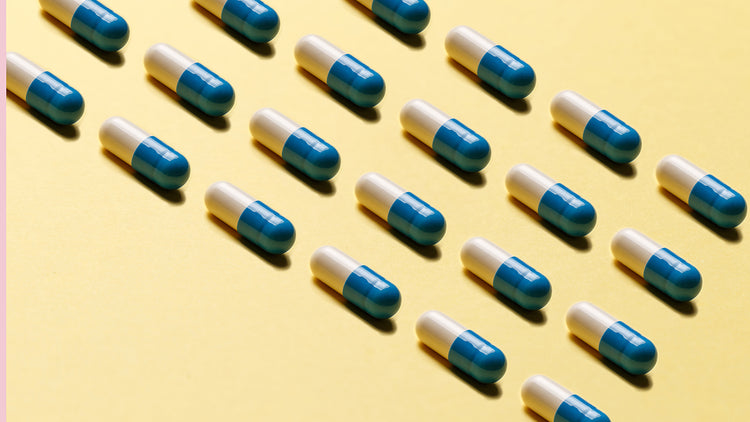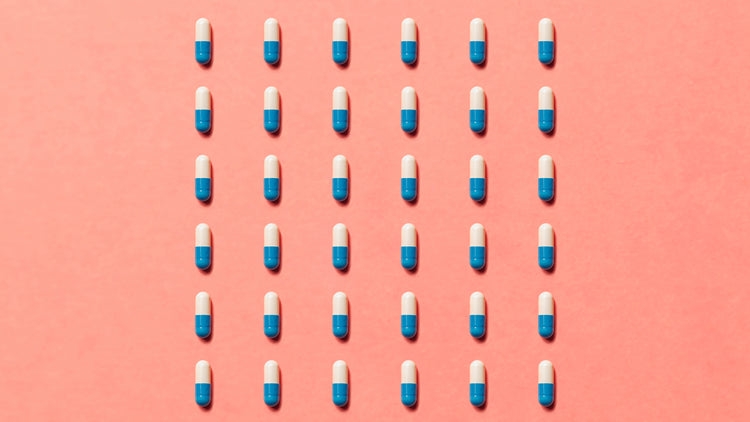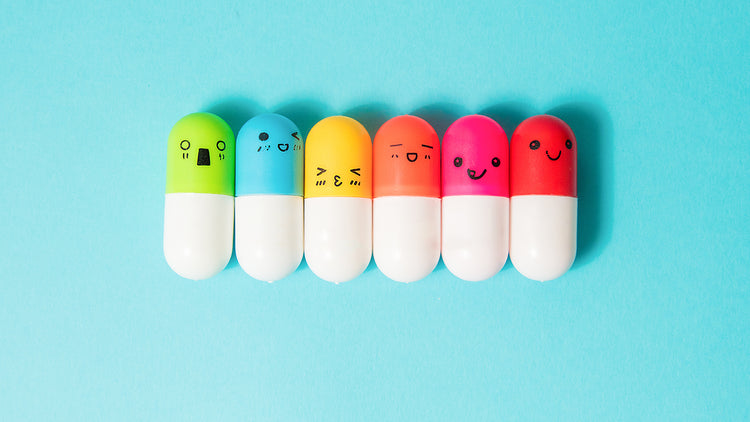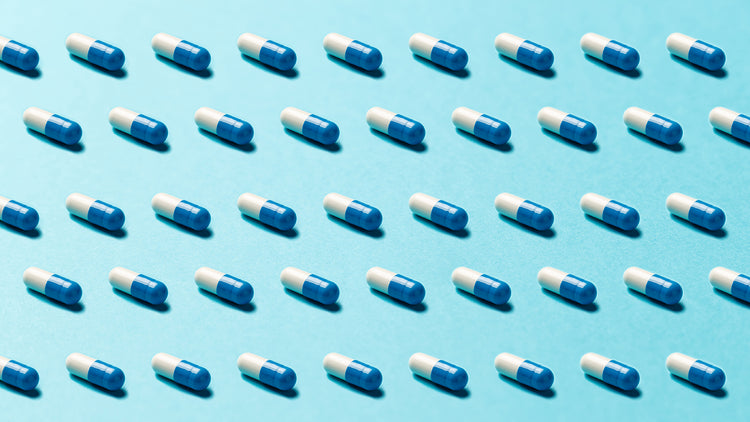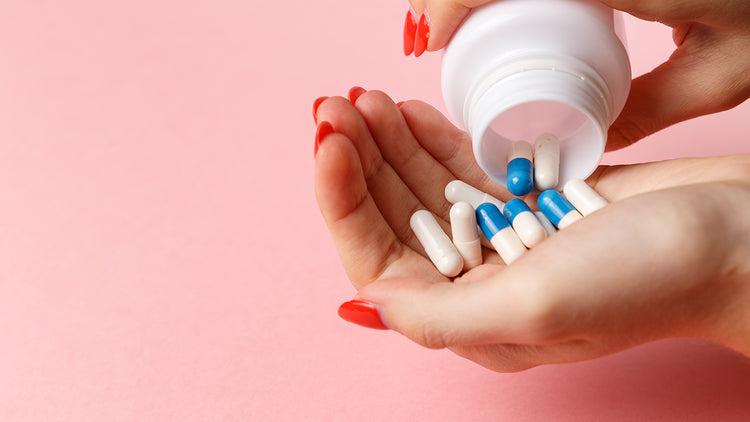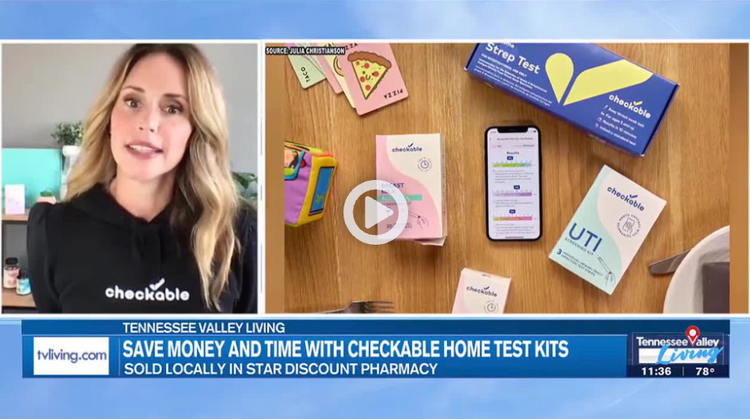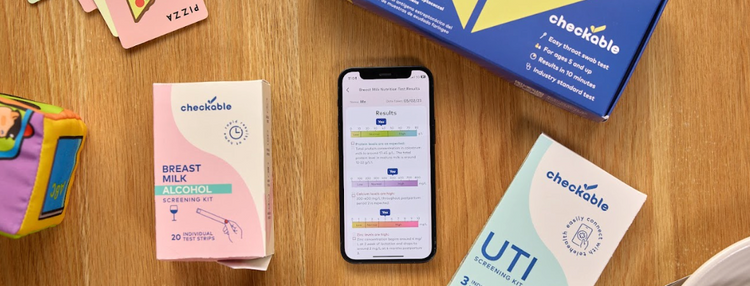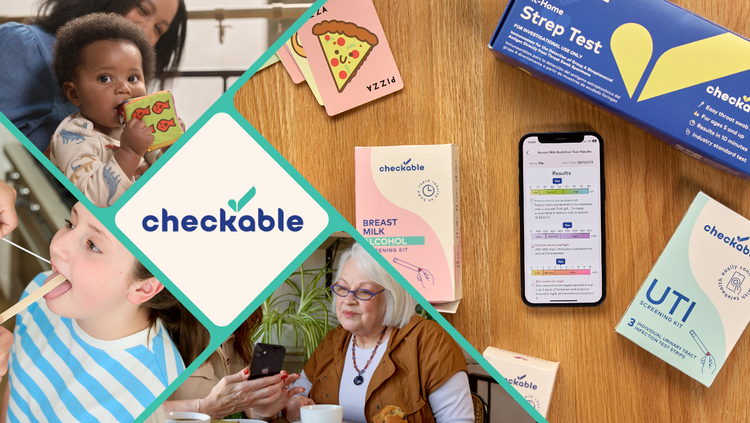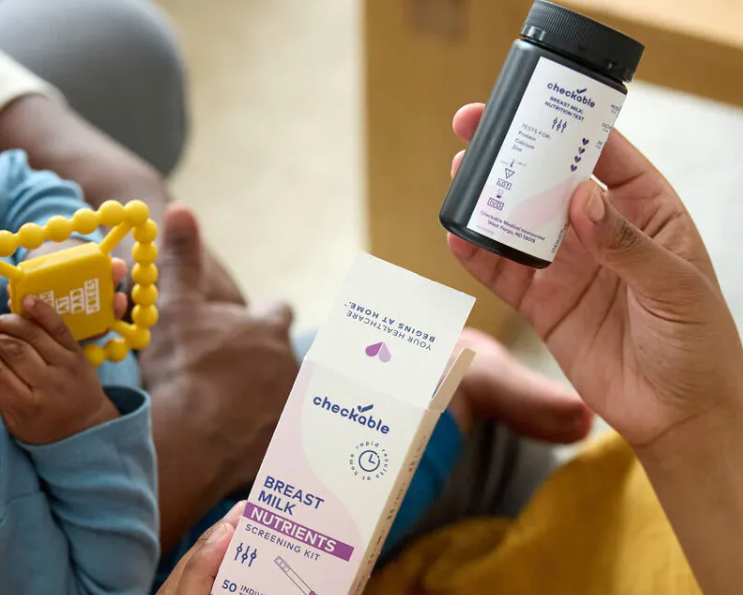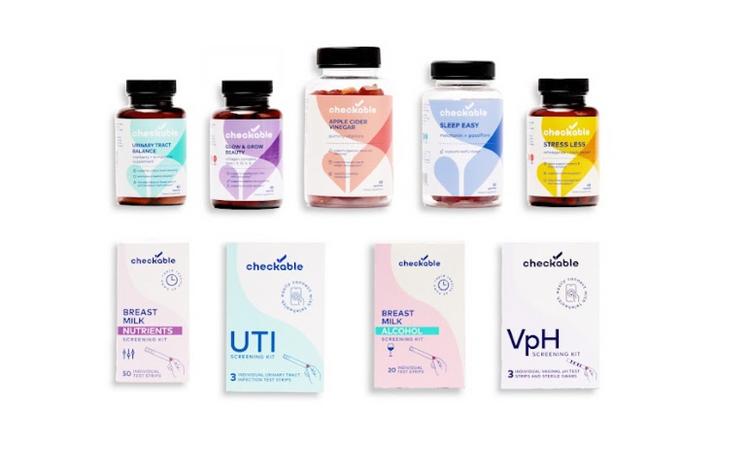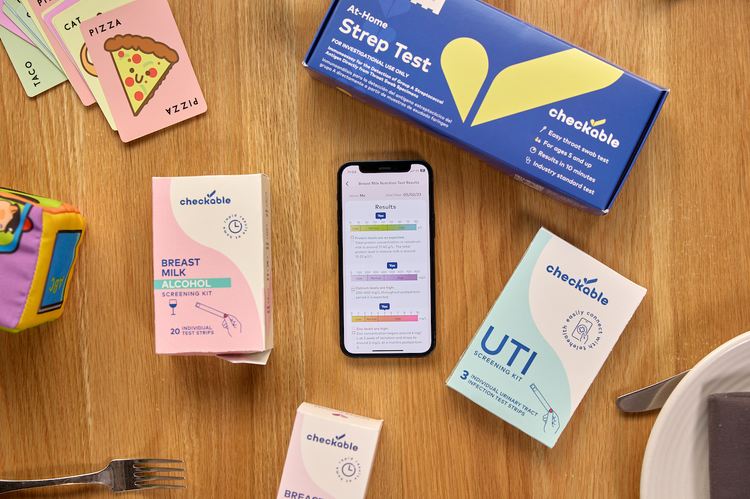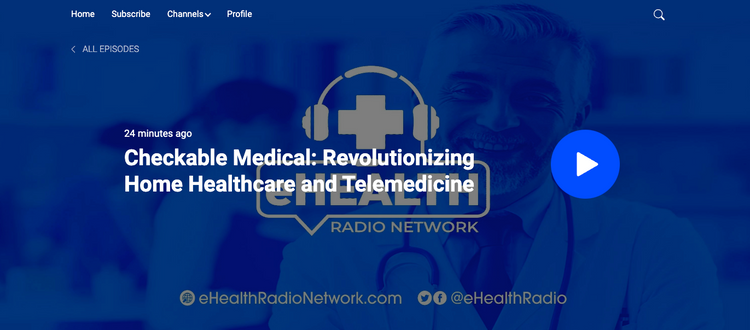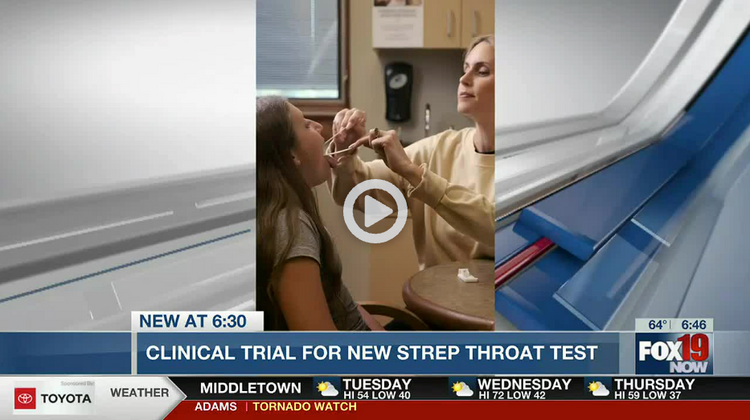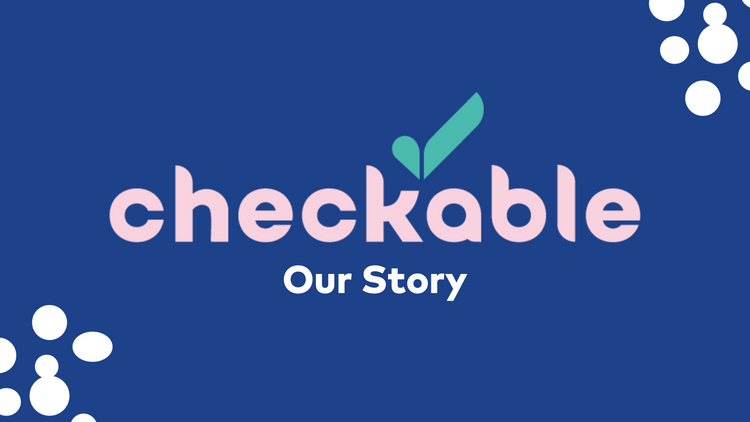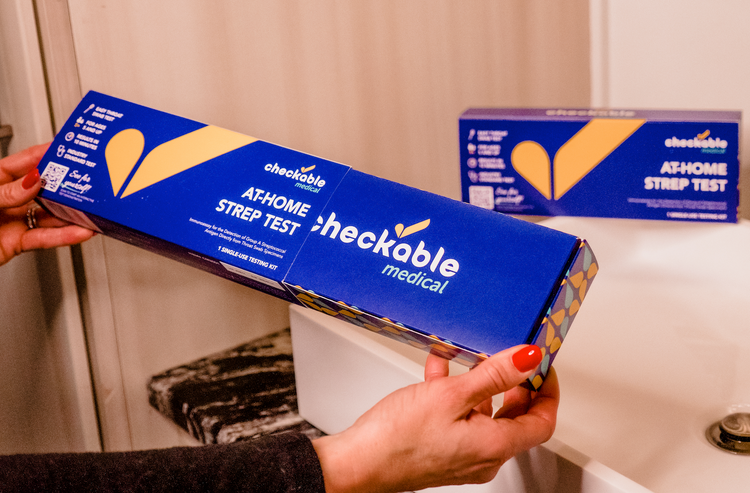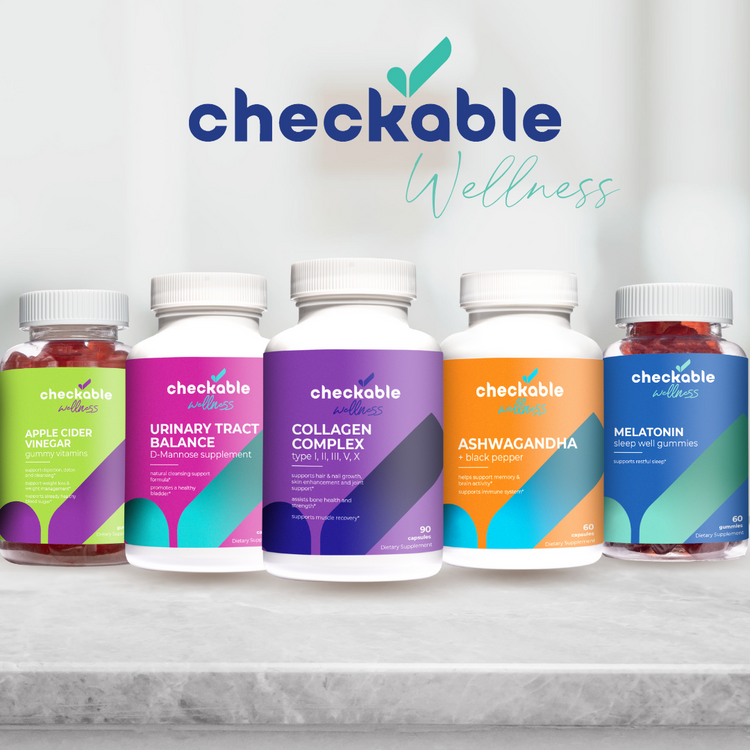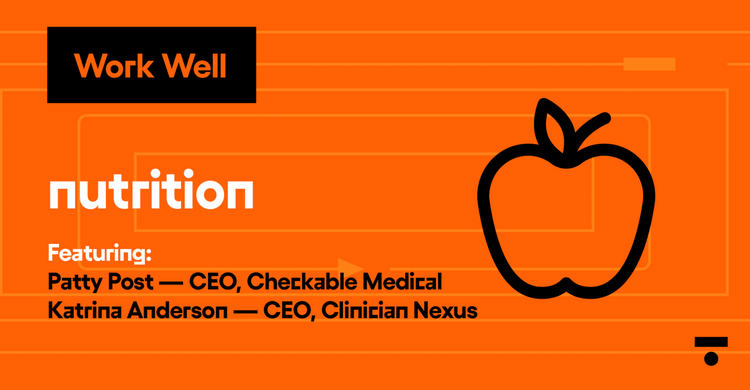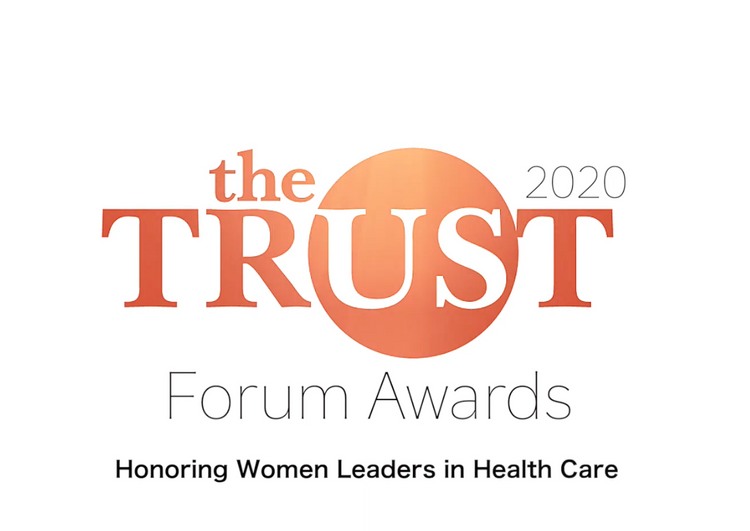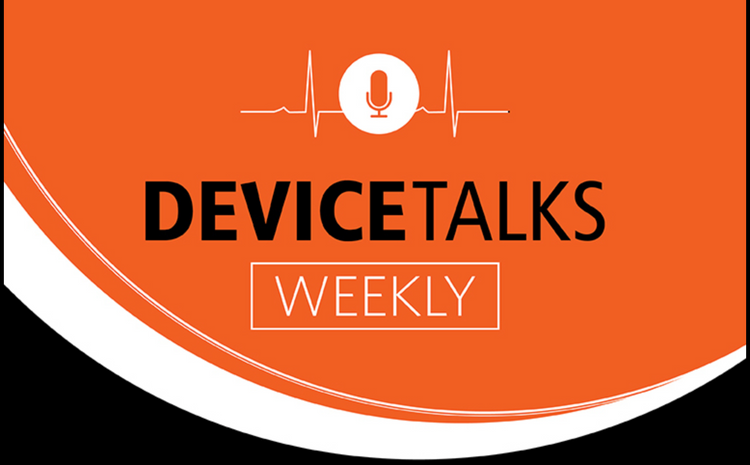
Antibiotics are used to treat bacterial infections and are a commonly prescribed class of medications. Healthcare providers will recommend antibiotic treatment if they suspect a bacterial infection based on presenting symptoms and their duration, a physical exam, and possibly bloodwork or other lab tests.
To best advocate for your or a family member's health, it is important to have a basic understanding of how antibiotics work and why they are not prescribed for every illness. Antibiotics work by killing the bacteria or making it difficult for the bacteria to multiply. They are ineffective against viral (common cold) or fungal (yeast) infections. The misuse of antibiotics for non-bacterial causes of illnesses can contribute to antibiotic resistance.
It is stressful when you or your family member is sick, and knowing what to expect during treatment is helpful. This article will share what to expect while on oral antibiotics during the first half of an antibiotic cycle.
What Is the Duration of the First Half of an Antibiotic Cycle?
The duration of an antibiotic cycle depends on the bacterial infection you are diagnosed with. More current research favors a shorter antibiotic duration for most common bacterial infections. Studies have found shorter courses to be just as effective and lower the likelihood of adverse side effects. Antibiotic resistance in shorter course treatments is less concerning than initially believed.
These are the antibiotic cycles for a few common bacterial illnesses based on recommendations for shorter antibiotic duration:
- Community-acquired pneumonia is two to three days (a total of five days)
- Uncomplicated UTI is one to two days (a total of three days)
- Skin infection is two to three days (a total of five days)
Depending on your medical history (e.g., immunocompromised or pregnant), improvement, or initial presentation, your healthcare provider may recommend a longer course.
Healthcare professionals still recommend treating strep pharyngitis (bacterial cause of sore throat) with a longer course of penicillin. The first half of the cycle for strep pharyngitis is five days (a total of ten days). The duration of antibiotic treatment may vary for children depending on age and presenting symptoms. For example, the recommended treatment for bacterial ear infections in children under two years is still a ten-day course of antibiotics compared to five to seven days for children over two years.
How Long Should It Take to Feel the Effects of an Antibiotic During the First Half of the Cycle?
Antibiotics start working immediately after you begin taking them, but their effects may not be noticeable for 48 to 72 hours after starting. If you are not feeling better after 72 hours or you feel worse before then, you should call your provider.
What Are Common Side Effects During the First Half of an Antibiotic Cycle?
Many of the side effects caused by antibiotics are due to their impact on the gut microbiome (beneficial bacteria) in our digestive system. Bacteria normally found in our digestive system are essential in nutrient absorption and affect our mental health. Unfortunately, antibiotics cannot differentiate between illness-causing and beneficial bacteria. This confusion creates an imbalance in the microbiome, leading to the following side effects:
- Nausea and vomiting,
- Stomach pain,
- Gas,
- And diarrhea.
It is difficult to say precisely when these side effects may occur. It depends on the type of antibiotic and strength of the antibiotic (narrow versus broad spectrum). They may not start for a few days after beginning the antibiotic treatment.
Allergic reactions are an uncommon side effect of antibiotics. Allergic reactions can be mild, with hives (a rash that appears red or skin-colored welts that may itch) to more severe reactions that cause difficulty breathing and/or wheezing, extreme dizziness or confusion, and swelling of the face, mouth, or throat.
Is It Normal to Experience Fatigue While Taking Antibiotics in the First Half of the Cycle?
Fatigue is not a common side effect of antibiotics, but some people have reported increased sleepiness when taking amoxicillin, azithromycin, and ciprofloxacin. Fatigue when first starting antibiotics is more likely due to your body trying to fight off the infection. The fatigue should begin to improve when the antibiotics take full effect at around 48 to 72 hours. If you experience increased sleepiness upon starting antibiotics, contact your provider to discuss antibiotic timing or the need to switch antibiotics.
Lifestyle Changes While on the First Half of an Antibiotic Cycle
Self-care while sick with any illness is essential to recovery. This care includes proper diet, getting enough rest, avoiding alcohol and smoking, and taking prescription and non-prescription medications as directed. Typically, drastic changes in your lifestyle are not needed when on antibiotics for common bacterial infections. Here is more detail on simple lifestyle changes to aid in your recovery.
Remember to Take Your Antibiotic
Healthcare providers prescribe most oral antibiotics two or three times daily. One helpful way to stay on top of your antibiotic treatment is to set alarms or reminders on your phone for when you are due for upcoming doses. It is important to complete the entire course of antibiotics, even if you feel better. There may be infection-causing bacteria still present in your body, just not enough to make you feel sick. These can multiply and make you feel sick again.
Fluids
Understandably, when people are sick, they do not want to eat or drink because they feel so unwell. Dehydration is one of the most common reasons people visit the emergency room during illness. You can prevent dehydration by steadily sipping liquids (water, juice, sports drink) throughout the day. Drink whatever is most soothing, whether warm, cool, or at room temperature. You can also increase your fluid intake by eating soup and other mainly liquid foods, like ice cream, popsicles, or jello. Fruits with higher water content provide a good source of fluids. These include melons, oranges, berries, and grapes. They are also great immunity-boosting foods.
Diet and Probiotics
You can continue your usual diet when you begin taking antibiotics. If you are experiencing stomach discomfort (nausea, vomiting, diarrhea), consider choosing more bland foods like bread, dry cereals, oatmeal, and crackers. The BRAT (bananas, rice, applesauce, and toast) diet is a good option for people experiencing diarrhea. Be mindful that more sugary drinks and foods can worsen diarrhea.
Check with your provider or pharmacist if you can take your antibiotics with food and if there are any interactions with foods or drinks.
There is some controversy regarding the use of probiotics while on antibiotics. Some studies support its use, while others don't find probiotic supplements beneficial. If you choose to start probiotics, research recommends beginning it the same day as and taking it a couple of hours after your antibiotic. You can contact your provider for recommendations on brand, dose, and how long you should take the probiotic.
For children, the American Academy of Pediatrics (AAP) recommends discussing any probiotic or other supplements with your child's pediatrician first. The FDA doesn't regulate supplements, meaning there are no official guidelines on how much or long to give them. The AAP reports research that suggests probiotics can prevent antibiotic-associated diarrhea in children. You can also add probiotic-containing foods to your child's diet to help rebuild their gut microbiome. These foods may include the following:
- Yogurt
- Kefir
- Sauerkraut and pickles
- Kimchi
- Tempeh and miso
- Buttermilk
- Sourdough bread
During bacterial illnesses, antibiotics are essential for making us better and preventing the spread of infection. However, they can also contribute to the stress of illness when we experience their adverse side effects. Remember that you should be feeling better within 48 to 72 hours after starting and that if you experience side effects at any point in the cycle, you should reach out to your provider to discuss measures to help, including the use of probiotics.
References
Cleveland Clinic. (2021, February 10). The Best Foods to Eat When You’re Sick. https://health.clevelandclinic.org/the-best-foods-to-eat-when-youre-sick/
Daniel, J., & Manheim, J. (2023, May 1). Less is More: Know When to Prescribe Antibiotics for Shorter Durations. AAP News. https://publications.aap.org/aapnews/news/24184/Less-is-more-Know-when-to-prescribe-antibiotics?autologincheck=redirected
Dinan, K., & Dinan, T. (2022). Antibiotics and mental health: The good, the bad and the ugly. Journal of Internal Medicine, 292(6), 858–869. https://doi.org/10.1111/joim.13543 https://pubmed.ncbi.nlm.nih.gov/35819136/
Drugs.com. (2022, October 3). Which medications make you sleepy?. https://www.drugs.com/medical-answers/medications-make-you-sleepy-3570463/
Drugs.com. (2022, November 7). Should You Take Probiotics with Antibiotics?. https://www.drugs.com/medical-answers/probiotics-with-antibiotics-3121702/
HealthyChildren.org. (2022, November 8). How Do Antibiotics Work?. American Academy of Pediatrics Section on Infectious Diseases. https://www.healthychildren.org/English/health-issues/conditions/treatments/Pages/How-Do-Antibiotics-Work.aspx
HealthyChildren.org. (2022, November 11). Antibiotics for Children: 10 Common Questions Answered. American Academy of Pediatrics Section on Infectious Diseases.
Langford, B. J., & Morris, A. M. (2017). Is it Time to Stop Counselling Patients to "Finish the Course of Antibiotics"?. Canadian Pharmacists Journal, 150(6), 349–350. https://doi.org/10.1177/1715163517735549
Mayo Clinic. (2022, March 11). Antibiotics: Are you Misusing Them?. https://www.mayoclinic.org/healthy-lifestyle/consumer-health/in-depth/antibiotics/art-20045720
Waasdorp Hurtado, D. (2022, January 19). Can Probiotics Help When My Child has an Infection and Needs to Take Antibiotics?. HealthyChildren.org https://www.healthychildren.org/English/tips-tools/ask-the-pediatrician/Pages/Can-probiotics-help-prevent-tummy-trouble.aspx

Author Bio: Laura M. Kim, DNP, PNP-PC/-AC, RN
Laura Kim is a pediatric nurse practitioner and registered nurse. She has been caring for pediatric patients since 2009. She strives to make patient education accessible to all patients. Collaborated with Global Health Media and local translator to develop breastfeeding education videos for Chuukese families. Served as adjunct faculty at the University of Guam School of Nursing in the Department of Women and Children’s Health from 2018 to 2019.
Life is too short to sit in a doctor’s office
Sign up for our weekly newsletter and get valuable healthcare tips and tricks in your inbox!
Sign up now and unsubscribe anytime.
- Choosing a selection results in a full page refresh.
- Press the space key then arrow keys to make a selection.










